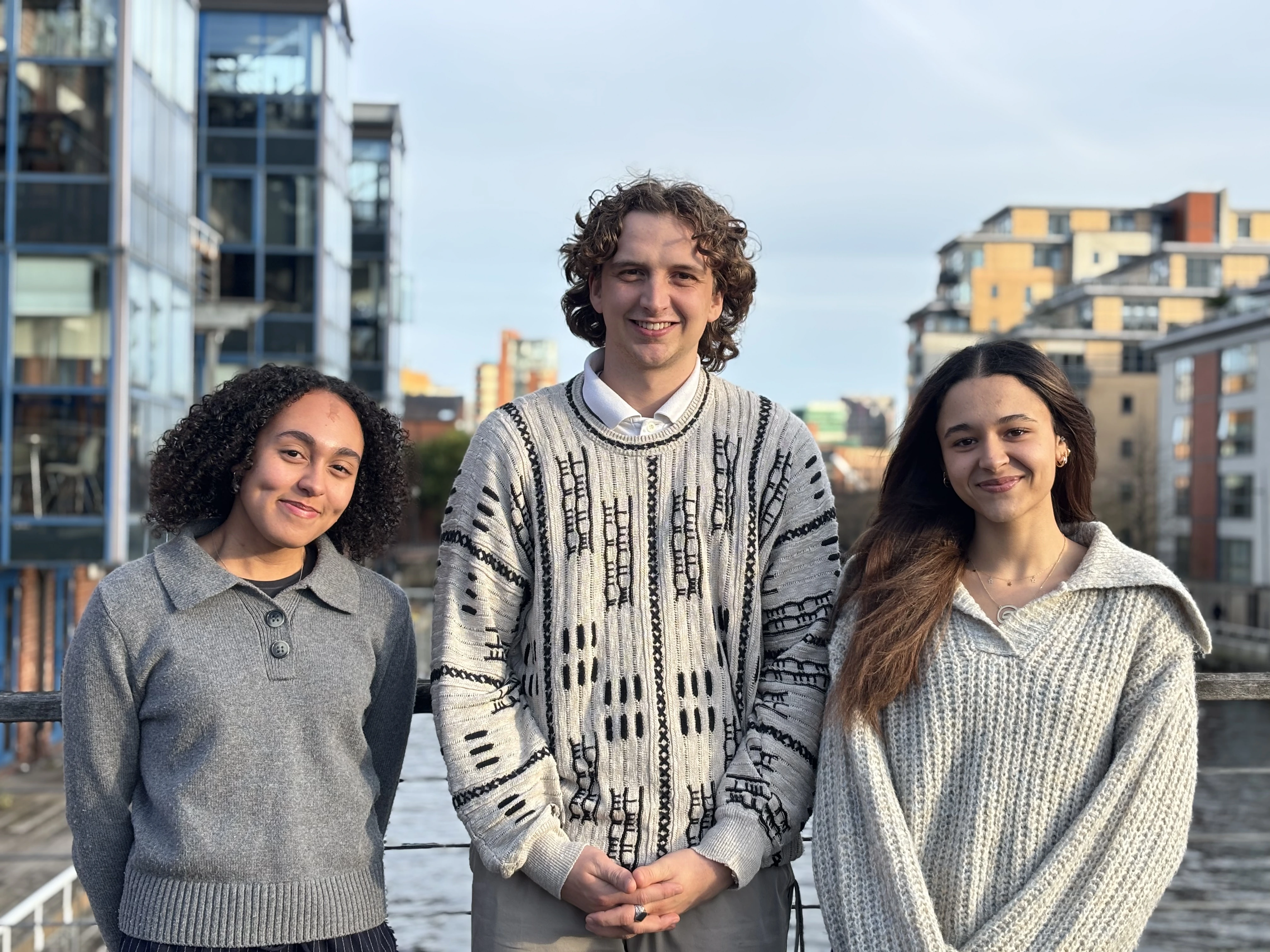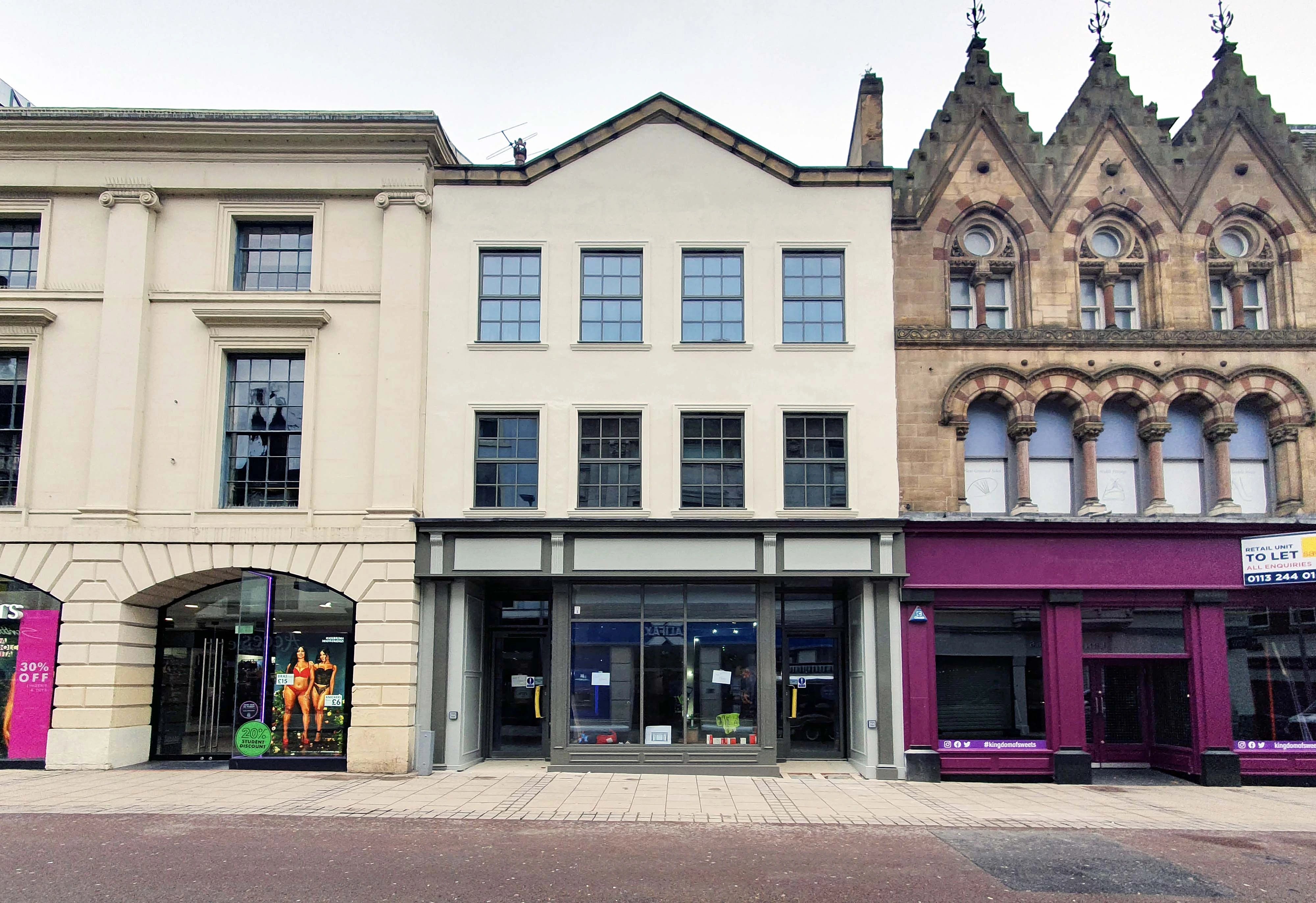
As an architect attending the UK Real Estate Investment and Infrastructure Forum (UKREiiF) for the first time, I had the opportunity to immerse myself in the dynamic world of property development, investment, and urban planning. Hosted just a short walk from our Head Office in Leeds, UKREiiF 2024 gathered key players from across the real estate and infrastructure industries. For me, it was more than a networking event—it was a chance to explore new trends, engage with industry leaders, and learn how architecture fits into the broader context of development and city planning.
First Impressions of UKREiiF
Whilst the typical English weather tried to do its utmost to dampen spirits, from the moment I arrived at the venue in Leeds, the energy and scale of UKREiiF were immediately palpable. Hundreds of professionals filled the marquees and halls—developers, investors, consultants, and public sector officials—gathered for a packed schedule of talks, panels, and exhibitions. As a first-time attendee, I was struck by the importance of the event in bringing together diverse voices from the real estate and infrastructure sectors. The conversations I participated in weren’t solely about design but about the balance between aesthetic vision, environmental responsibility, and commercial viability.
Key Themes: Sustainability and Urban Regeneration

A dominant theme that emerged during the event was sustainability. The talks highlighted how architects and developers can lead the charge in designing greener, more resilient cities. For me, this focus on sustainability resonated strongly, as the drive to create eco-friendly buildings is core to my practice. I was inspired by discussions on carbon-neutral developments and the role architects can play in pushing for sustainable solutions through design innovation and material choices.
Urban regeneration was another critical theme. Leeds is a city undergoing substantial transformation and serves as an excellent live case study. UKREiiF spotlighted various regeneration projects across the UK, but I found Leeds’ South Bank redevelopment particularly inspiring. Seeing how old industrial sites are being revitalised to create new communities aligned with my belief in the importance of adaptive reuse—an approach that respects a city’s heritage while shaping its future.
Civic’s Evening Event: Networking in a Creative Space
One of the standout moments of my UKREiiF experience was attending Civic’s evening event, held after the main forum sessions concluded. OUr friends at Civic hosted an intimate gathering that offered a more informal setting for networking and conversation. Held in a unique Leeds venue, this event blended the professional with the social, allowing attendees to connect in a relaxed atmosphere.
The evening offered a refreshing contrast to the formal discussions of the day, allowing conversations to flow freely and ideas to spark. Civic’s ethos of fostering collaboration between different stakeholders mirrored the broader themes of UKREiiF, and their event left me energized and inspired. It reinforced that the future of urban development is built on relationships, creative thinking, and a shared commitment to innovation.
Networking and Collaboration Opportunities
UKREiiF’s real value lies in the connections it enables. Attending as an architect, I gained invaluable insights from conversations with developers, public sector representatives, and even tech entrepreneurs involved in proptech. This kind of cross-industry interaction is rare and underlined how architecture is deeply interconnected with other aspects of urban development.
UKREiiF also showcased the latest trends in architectural technology, with particular emphasis on how digital tools are transforming the way we design, visualize, and build. The exhibition space featured exciting innovations, from advanced BIM (Building Information Modelling) systems to virtual reality platforms for immersive project walkthroughs. As someone who’s always keen to integrate new tech into my practice, I was particularly interested in how these tools can enhance collaboration and reduce inefficiencies in both the design and construction phases.
These technologies also intersected with the sustainability theme. Many of the innovations on display offered ways to track a building’s environmental impact throughout its lifecycle, from initial design to construction and beyond. I came away with several ideas on how I could adopt some of these tools to create more efficient, sustainable designs in my own work.
The Leeds Connection: A City on the Rise

Leeds itself served as a fitting backdrop for UKREiiF. The city’s ongoing regeneration efforts are evident, especially in areas like South Bank, which has transformed from an industrial hub into a thriving district with a focus on culture, community, and sustainable design.
Exploring Leeds during UKREiiF allowed me to see first-hand how architectural innovation and thoughtful urban planning can breathe new life into a city. The projects I saw highlighted the potential for architecture to not only enhance the urban fabric but also contribute to social and economic revitalization.
It was even nice to take a slight detour to revisit Drapers Yard in Holbeck where we were involved with the renovations of the external envelope of the building to help bring this (formerly derelict) building back to life. One of my favoured parts of this project was the sliding industrial gate infront of the former loading bays.
Lessons for the Future
As I reflect on my first UKREiiF experience, I am struck by how much I’ve learned. The forum gave me a deeper understanding of the real estate sector and a renewed appreciation for the role architects can play in shaping sustainable, resilient cities. I now see more clearly how our work as designers fits into the broader landscape of urban development, and I feel more prepared to engage with developers and planners to create spaces that meet the challenges of the future.
The combination of formal discussions during the day and Civic’s creative evening event provided a well-rounded experience. It reinforced that architecture is not just about design but about collaboration, technology, and an ongoing commitment to innovation and sustainability.
Attending UKREiiF for the first time was an eye-opening experience, and I look forward to returning next year, equipped with new ideas, stronger connections, and a deeper understanding of the role I can play in shaping the cities of tomorrow.
.webp)














